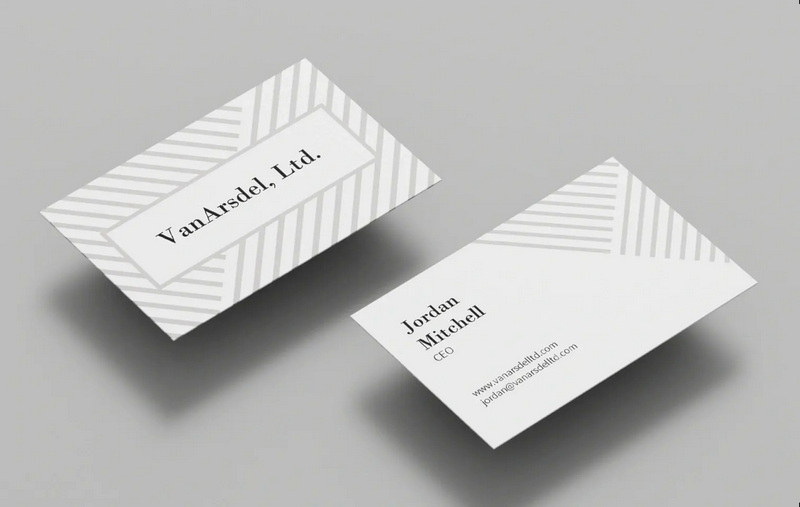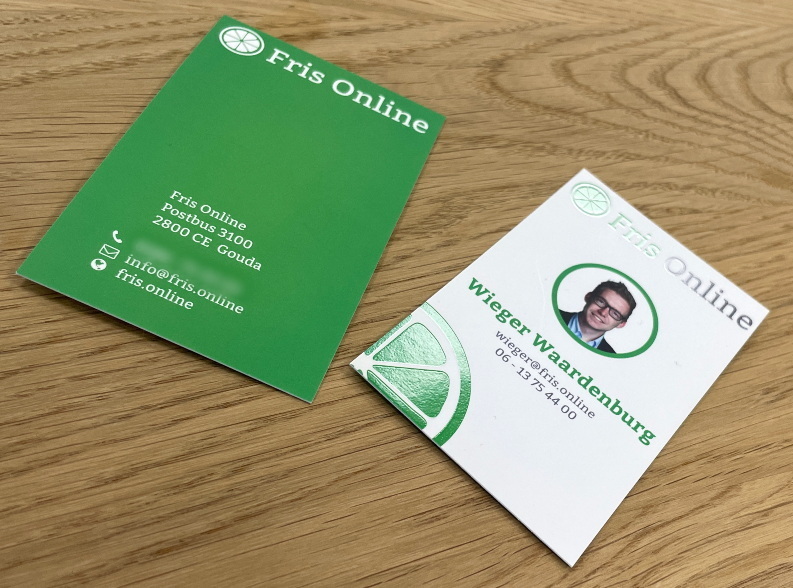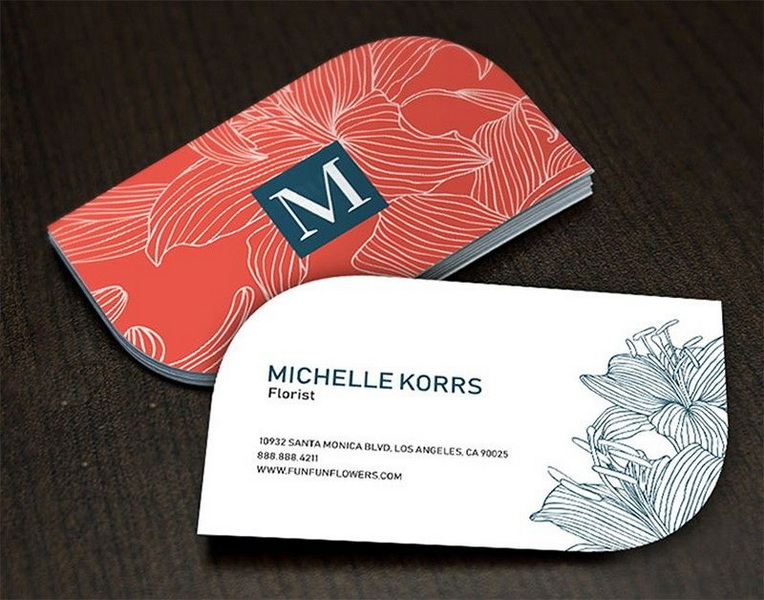Content Menu
● Introduction
● The Importance of Business Cards
● Key Elements of a Great Business Card
>> Design Principles
>> Essential Information
>> Creative Touches
>> Material and Finish
>> Printing Considerations
● Tips for Designing an Effective Business Card
● Innovative Ideas for Business Cards
>> Interactive Elements
>> Eco-Friendly Options
>> Multi-functional Cards
>> Textured Finishes
>> Minimalist Design Trends
● Conclusion
● Related Questions
>> 1. What size should my business card be?
>> 2. How many colors should I use on my business card?
>> 3. Should I include my photo on my business card?
>> 4. How often should I update my business cards?
>> 5. Can I use both sides of my business card?
● Citations:
Introduction
Creating a great business card is an essential aspect of professional branding and networking. A well-designed business card not only provides essential contact information but also reflects your personality and the essence of your brand. In this article, we will explore the various elements that contribute to a great business card, including design principles, content considerations, printing options, and innovative ideas to make your card stand out. By the end, you will have a comprehensive understanding of how to create a business card that not only serves its purpose but also leaves a lasting impression.

The Importance of Business Cards
Business cards serve as a tangible representation of you and your brand. They are often the first impression potential clients or partners will have of you, making it crucial to get them right. Here are some reasons why business cards are important:
- Networking: Business cards facilitate networking by providing an easy way to exchange contact information. In social settings, having a card ready can open doors and lead to fruitful conversations.
- Brand Recognition: A well-designed card can enhance brand recognition and recall. When recipients see your card again, they are more likely to remember your conversation and your brand.
- Professionalism: Having a business card conveys professionalism and seriousness about your work. It shows that you are prepared and take your career or business seriously.
- Convenience: They offer a quick reference for your contact details, making it easier for others to reach out to you. This is especially useful in fast-paced environments where time is of the essence.
Key Elements of a Great Business Card
Design Principles
The design of your business card is critical in making a positive impression. Here are some fundamental design principles to consider:
- Simplicity: Keep the design clean and uncluttered. Avoid overcrowding the card with too much information or graphics. A simple design allows recipients to focus on the most important details.
- Readability: Choose fonts that are easy to read. Ensure that the text size is appropriate—typically, the company name should be larger than 12pt while other details can be slightly smaller.
- Color Scheme: Use colors that reflect your brand identity. Consider color psychology when selecting shades to evoke the desired emotions. For example, blue often represents trustworthiness while red can signify energy.
Essential Information
A business card should include key information that allows recipients to contact you easily:
- Name: Your full name should be prominently displayed at the top or center of the card.
- Job Title: Include your job title or a brief description of what you do; this helps clarify your role immediately.
- Contact Information: List multiple ways to reach you, such as phone number, email address, and website. Make sure this information is current and accurate.
- Social Media Handles: If relevant, include links to your professional social media profiles like LinkedIn or Twitter.
Creative Touches
To make your business card memorable, consider adding unique elements:
- Logo: Incorporate your company logo for brand recognition. Ensure it is high-resolution and fits well within the overall design.
- QR Code: A QR code can direct recipients to your website or portfolio when scanned. This adds an interactive element and can provide more information than what fits on the card.
- Tagline or Slogan: A catchy tagline can summarize your brand's mission or values succinctly.
Material and Finish
The choice of material and finish can significantly impact the perception of your business card:
- Paper Quality: Use high-quality cardstock for durability. Thicker cards feel more substantial and professional; consider options like recycled paper for an eco-friendly touch.
- Finish Options: Consider matte, glossy, or textured finishes depending on your brand's aesthetic. Matte finishes tend to give a sophisticated look while glossy finishes can make colors pop.
Printing Considerations
When it comes to printing your business cards, here are some tips:
- Professional Printing Services: Invest in professional printing services for high-quality results. Online printing services often provide templates that can help streamline this process.
- Proofreading: Always proofread your card before printing to avoid embarrassing mistakes such as typos or incorrect contact information.
- Test Prints: Consider ordering a small batch first to evaluate the design before committing to a larger print run.

Tips for Designing an Effective Business Card
1. Target Your Audience: Tailor your design and content based on who will receive your card. For instance, if you're in a creative field, you might opt for a more artistic design compared to someone in finance.
2. Leave White Space: Adequate white space enhances readability and allows room for notes; it prevents the card from feeling cluttered.
3. Use Visual Hierarchy: Organize information in a way that guides the reader's eye naturally through the card; emphasize key details like your name and title.
4. Incorporate Unique Shapes or Sizes: While standard sizes are common, unique shapes can help you stand out; just ensure they fit into standard wallets or holders.
5. Ask for Feedback: Before finalizing your design, seek feedback from peers or mentors; they may provide insights you hadn't considered.
Innovative Ideas for Business Cards
Interactive Elements
Consider incorporating interactive elements into your business cards:
- Augmented Reality (AR): Use AR technology that allows users to scan the card with their smartphones to access videos or additional content about you or your services.
Eco-Friendly Options
With increasing awareness about environmental issues, opting for eco-friendly materials can set you apart:
- Recycled Materials: Use recycled paper or biodegradable materials for printing; this shows commitment to sustainability.
Multi-functional Cards
Design cards that serve multiple purposes:
- Card Holders: Create cards that double as holders for other cards or small items; this adds value beyond just contact information.
Textured Finishes
Adding texture can create a tactile experience:
- Embossing/Debossing: Consider embossed logos or text that add depth and interest; this tactile element can leave a lasting impression.
Minimalist Design Trends
Embrace minimalist designs that focus on essentials:
- Whitespace Utilization: Use ample whitespace strategically; this modern approach emphasizes simplicity and elegance.
Conclusion
Creating a great business card involves thoughtful consideration of design elements, essential information, innovative touches, material choices, and printing options. By focusing on clarity, creativity, professionalism, and uniqueness, you can develop a business card that effectively represents you and leaves a lasting impression on potential clients or partners.

Related Questions
1. What size should my business card be?
The standard size for a business card is 3.5” x 2”. However, you can opt for different sizes if they better suit your needs; just ensure they fit standard wallets.
2. How many colors should I use on my business card?
It's best to stick with two or three colors that align with your brand identity to maintain cohesiveness without overwhelming the recipient.
3. Should I include my photo on my business card?
Including a photo is optional; it may be beneficial in industries where personal branding is crucial but could be seen as unprofessional in others.
4. How often should I update my business cards?
You should update your business cards whenever there is a significant change in your contact information or branding; regular updates keep you relevant.
5. Can I use both sides of my business card?
Yes, using both sides can provide additional space for information such as services offered or testimonials without overcrowding the front; just ensure it's designed cohesively.
Citations:
[1] https://www.indeed.com/career-advice/career-development/business-card-tips
[2] https://blog.hubspot.com/sales/how-to-design-business-card
[3] https://blog.sina.com.cn/s/blog_49b2ad440102v6aa.html
[4] https://create.microsoft.com/en-us/learn/articles/how-to-make-your-own-business-cards
[5] https://99designs.com/designer-resource-center/designing-business-cards
[6] https://blog.csdn.net/Angelina_Jolie/article/details/139147709
[7] https://www.vistaprint.com/hub/business-card-design-rules
[8] https://www.reddit.com/r/graphic_design/comments/180ucuj/what_makes_you_keep_a_business_card/
[9] https://www.sohu.com/a/754134986_121124018
[10] https://blog.csdn.net/GarfieldEr007/article/details/51867192
































